Art, photography, and writing–it’s all about seeing.
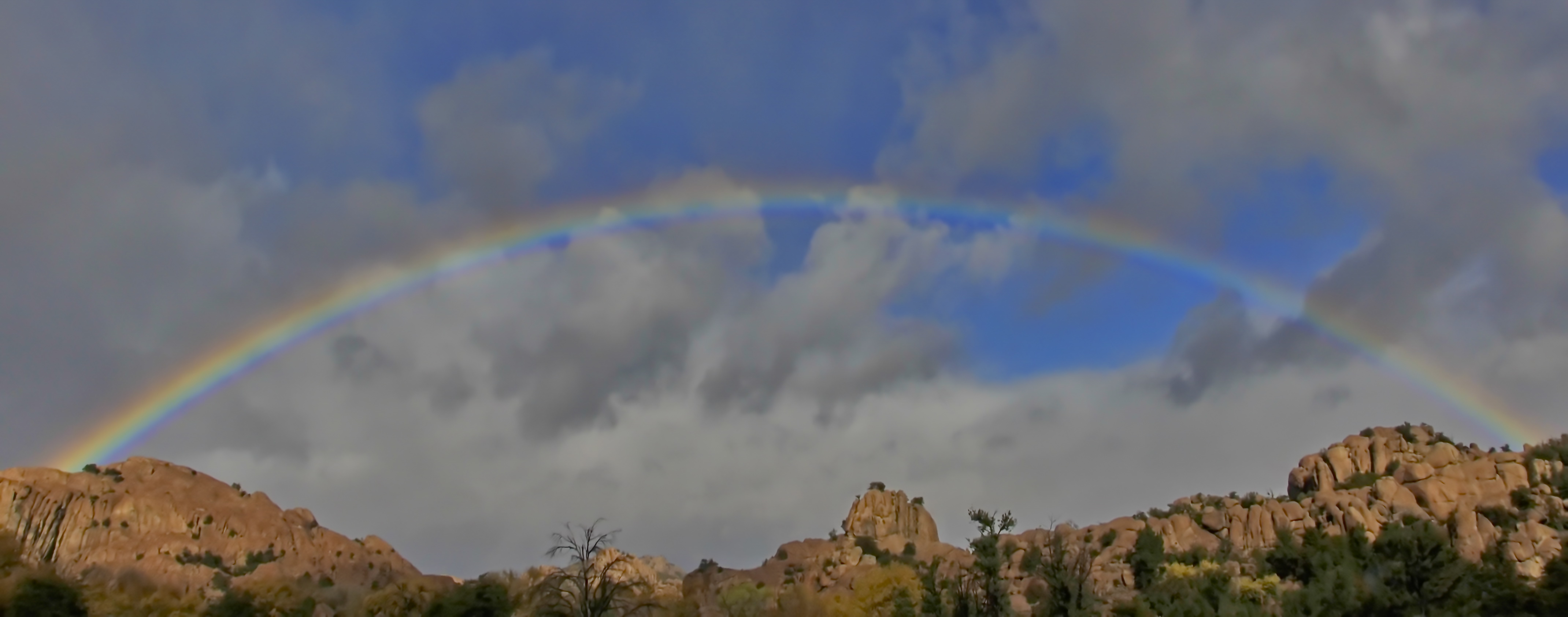
Granite Gardens Rainbow
By definition, a naturalist is compelled to share what he or she discovers about nature. We thrive on direct contact with nature, but that is not enough. A naturalist is a teacher, an interpreter, “one who feels as well as sees, . . . one who can translate the complex language of nature into the vocabulary of the common man, who can reach out to us from the heart of the natural world and lead us in (David Cavagnaro in his Foreword to Inland Island: The Sutter Buttes).
A naturalist lives by his/her senses. By rights, this should make us both sensible and sensuous. In any case, as we practice our craft, we develop keenness of sight, hearing, smell, and touch. We literally are in touch with the land. Then from this reservoir of sensation and experience, we seek ways to communicate what we know and what we feel.
For me, words can be magic. Well-crafted, they can stimulate and promote in others what I call “informed imagination.” See my first blog entry (“I am a Naturalist”) for thoughts on being a naturalist; most of my blog entries will be designed to interpret, to teach, to celebrate, and, once in awhile, to inspire.
Photographs can be documentary (even valuable scientifically), or they can, if well-composed and exposed, become art. The camera is a wonderful tool for capturing ephemeral moments in nature, and combined with written or spoken words, photographs can be powerful teaching elements. I have sold thousands of photographs during my long career, and I would be happy to discuss any photographic needs you might have. Contact me at waltandersonAFC@gmail.com.
Much of my current focus for interpretation is the wildlife and landscapes of the Prescott, Arizona area. In particular, I am using my words, art, & photography to help save natural lands in the Granite Dells. Go to the Granite Dells Preservation Foundation to help out. Thanks!
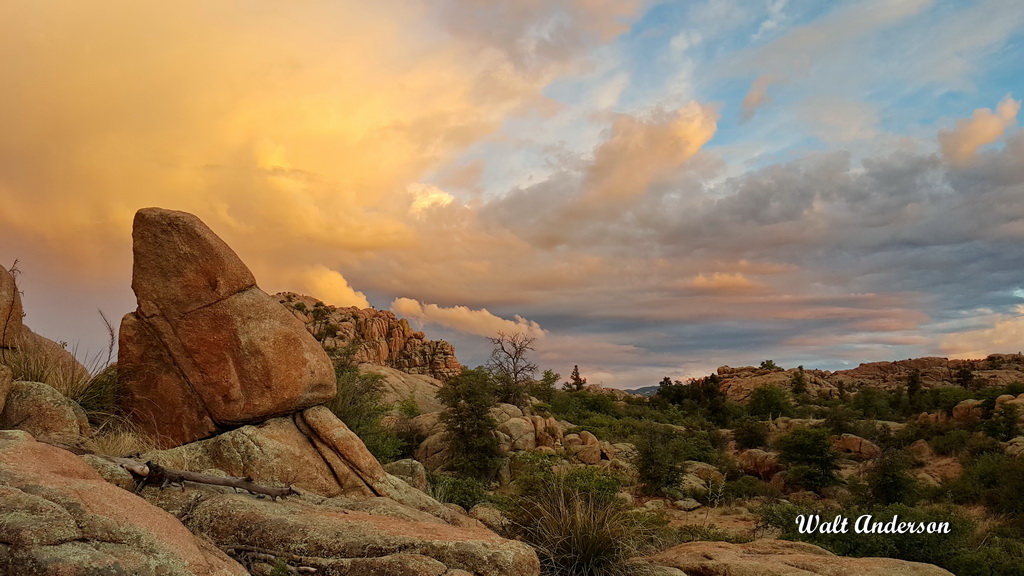
Storm light, Granite Dells
Over the years, I have had hundreds of photographs published in magazines, books, calendars, websites, and standing exhibits. I have taught many photo workshops, led international travel in which photography was an important component, and given presentations to audiences of many sizes.
Drawings and paintings can also be desirable forms of communication for the naturalist. After concentrating on teaching at Prescott College for 27 years, I have returned to my artist roots and am painting again! I had a wonderful one-man show with 40 of my original paintings at the Natural History Institute in Prescott from July to October 2019. I also was juried into the Artists for Conservation Festival in Vancouver BC for the past five years with the following paintings. Please contact me if you are interested in these or other paintings.
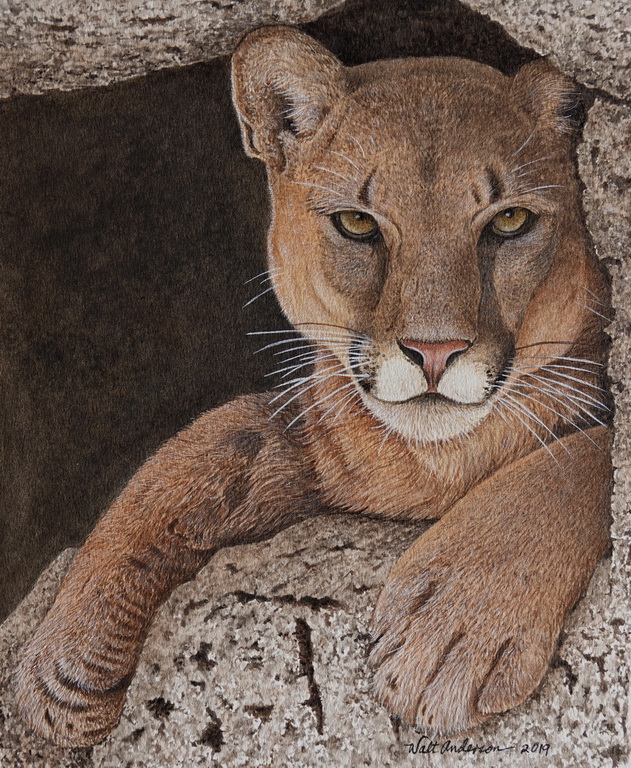
Mountain Lion, watercolor
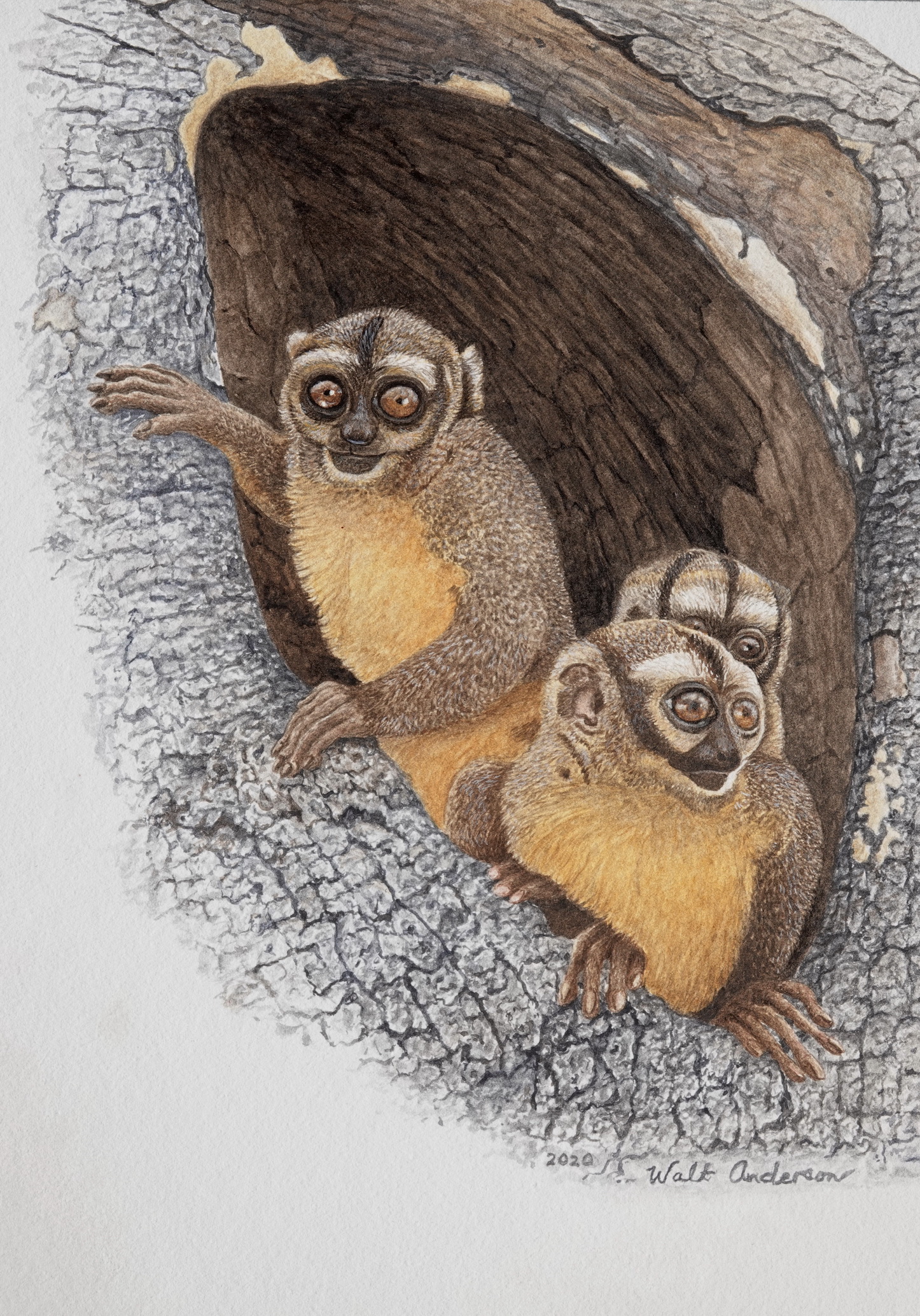
Owl Monkeys
I am proud to be a Signature Artist with the prestigious organization, Artists for Conservation (AFC), and I am deeply involved with Artists and Biologists Unite for Nature (ABUN). AFC chose me as Artist of the Month for October 2019. My art is available as originals and prints through AFC, and you can contact me directly with questions or inquiries about commissions.
I have been in many gallery shows, won some awards, and have paintings in collections around the world. I also love using black-and-white media for illustrating books, such as the following:
Inland Island: The Sutter Buttes (author Walt Anderson)
Co-existing with Urban Wildlife: A Guide to the Central Arizona Uplands (author Robert Hoffa)
The Elk in the Attic (author Christopher Hoy)
I have done many illustrations for the Highlands Center for Natural History, including a wonderful series of butterflies of the Southwest. Again, check them out at my AFC website.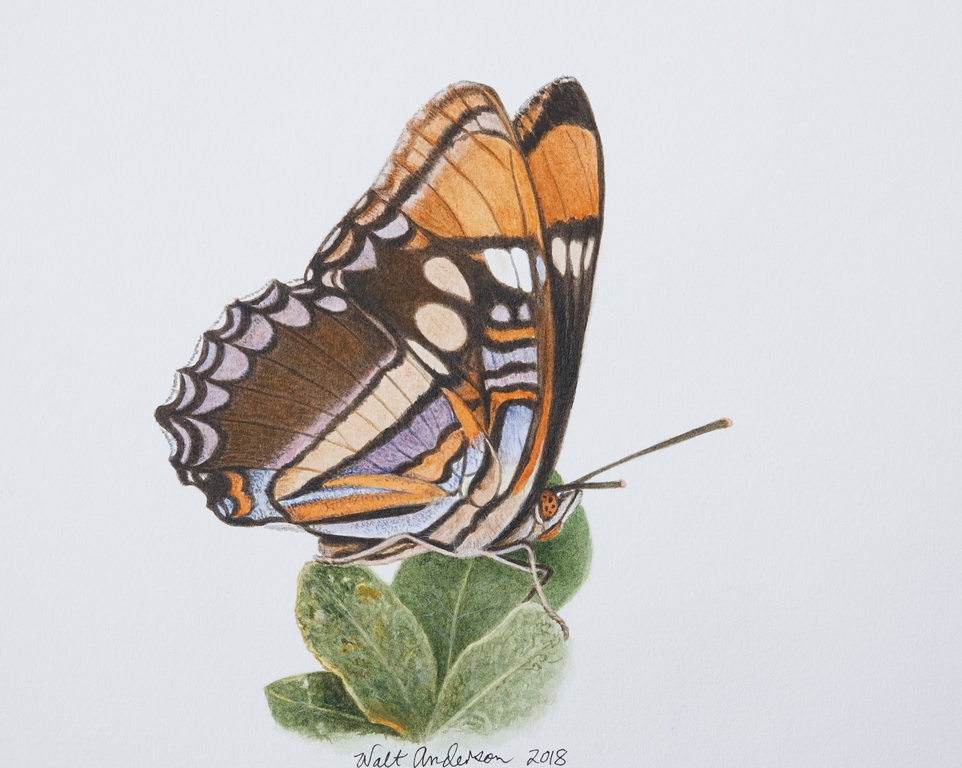
Arizona Sister, watercolor

Serengeti sunset


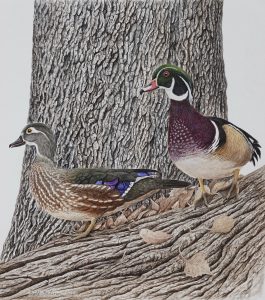
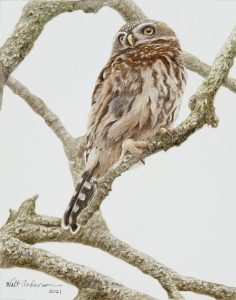
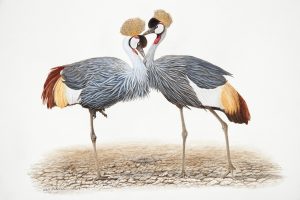
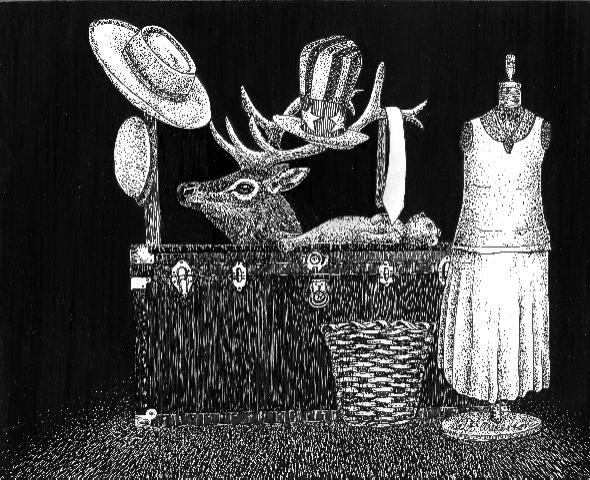
Pingback: Wild at Heart–Art & Nature | GEOLOBO